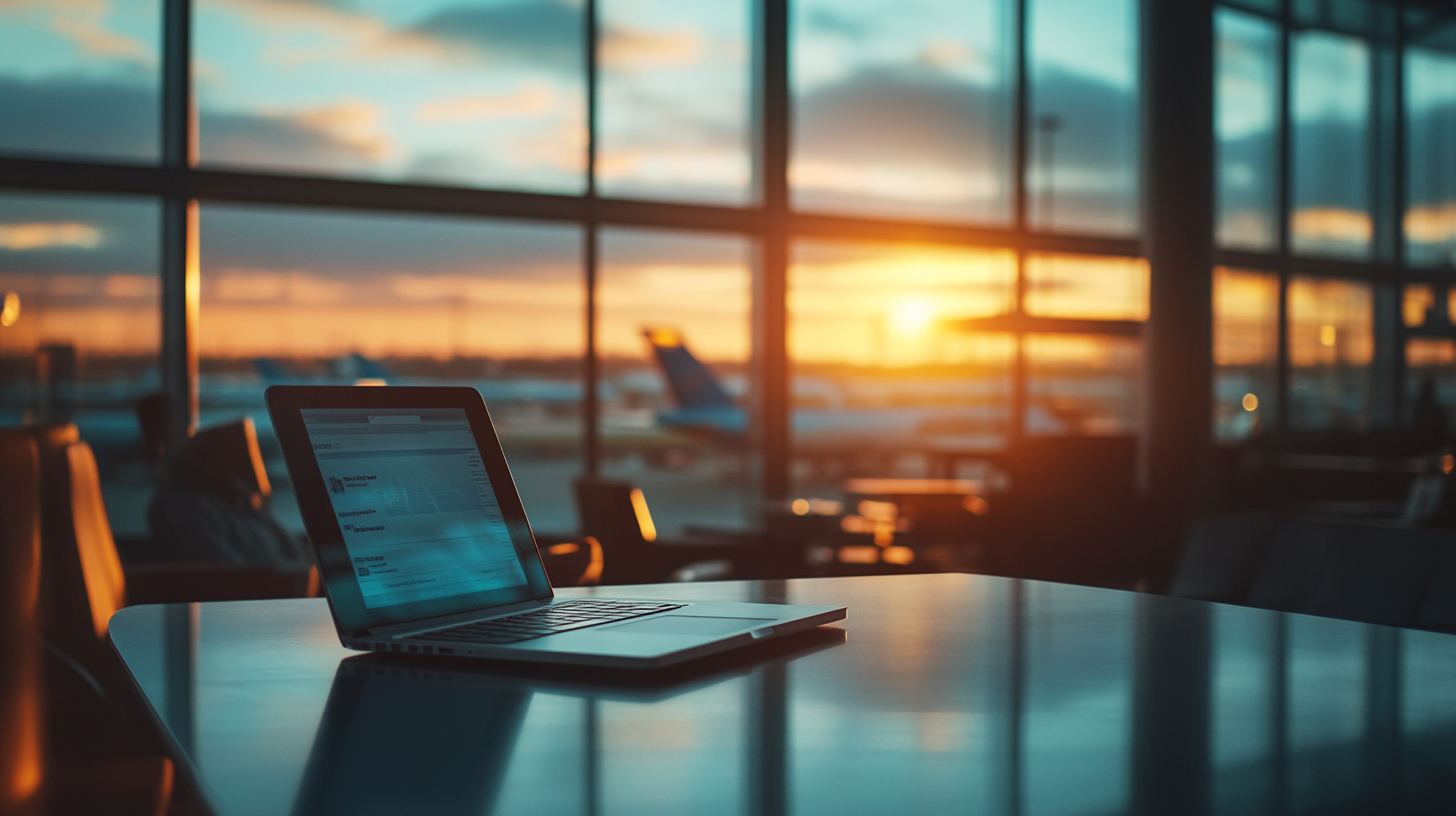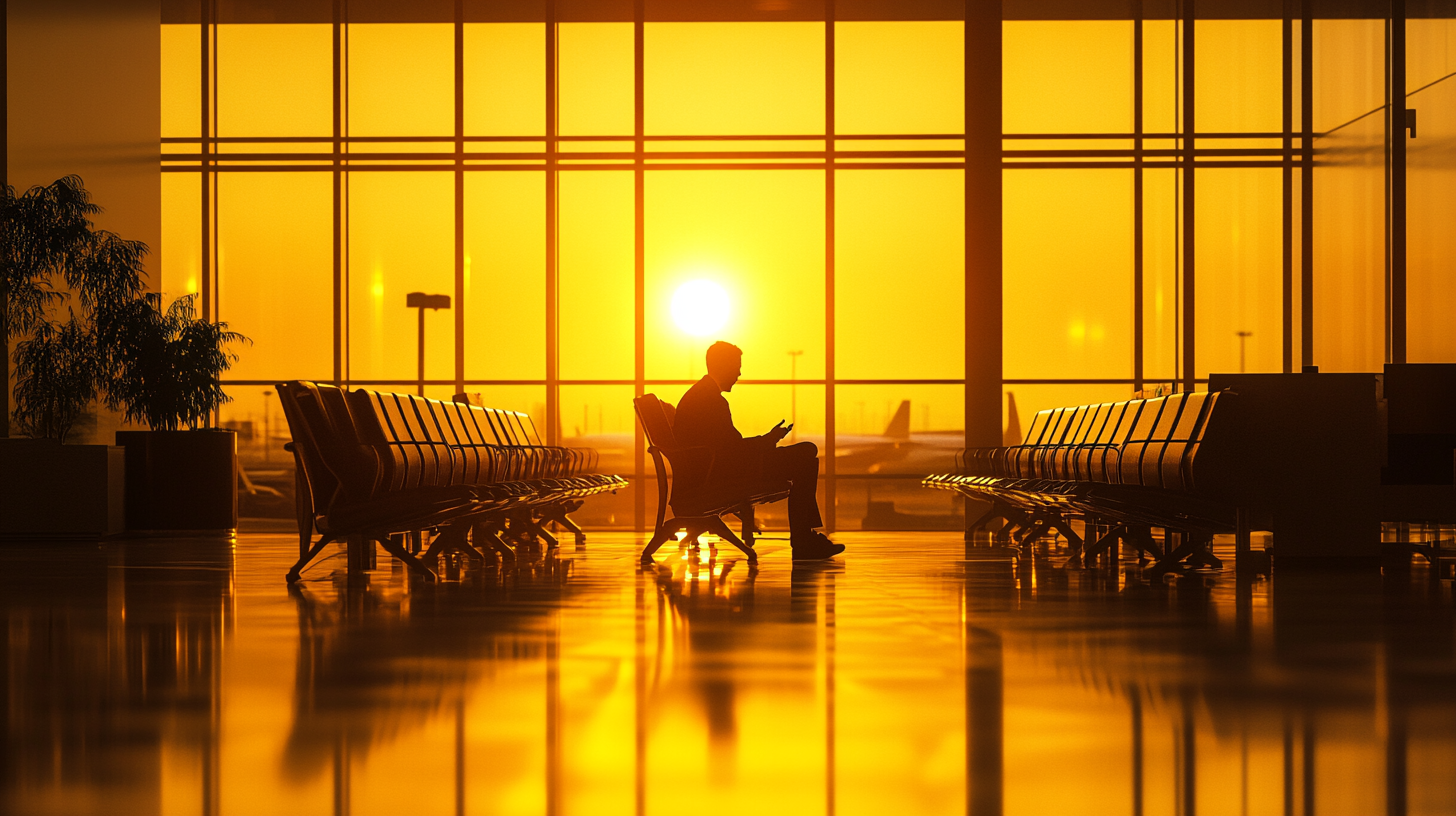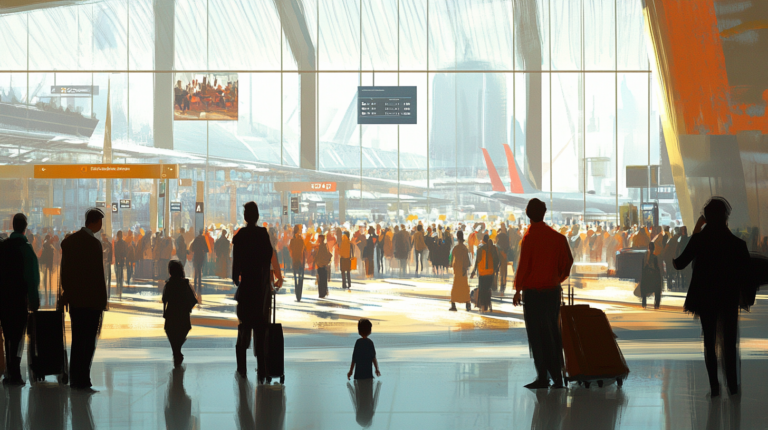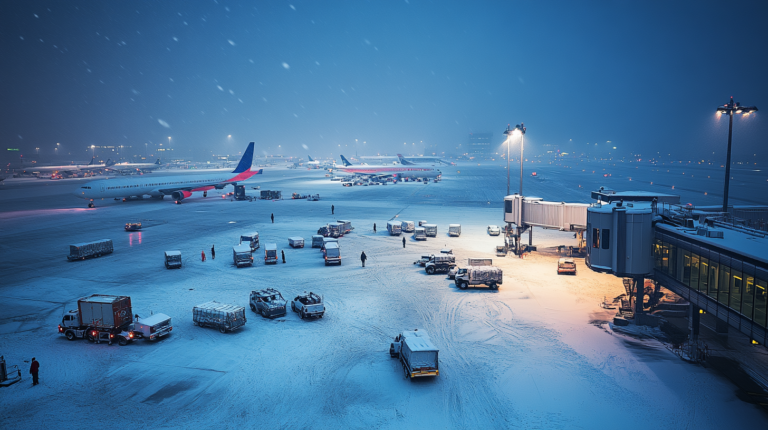Streamlining Business Travel for the Frequent Flyer

Business travel in 2025 has returned with a fresh spark, fueled by advanced technology and a universal desire to make work trips far less complicated. I’ve witnessed a shift from tedious, manual processes to automated applications that take care of everything—from booking flights to tracking the final bill. Having spent time exploring various booking engines and expense tools, I can attest that the entire experience is now light-years ahead of what it was even a few years ago. Gone are the days of juggling dozens of browser tabs; today, we travelers enjoy streamlined control at each stage of our journey.
The Return of Business Travel

Over the past couple of years, I’ve observed a renewed corporate reliance on face-to-face meetings and in-person conferences. According to the Global Business Travel Association‘s 2024 report, worldwide corporate travel spending rose by nearly 40% from 2023 to 2025, signaling that digital meetups simply couldn’t replace the nuances of in-person networking. It’s no longer just a matter of getting from point A to point B; it’s about traveling smarter and more efficiently.
Many companies have introduced tools designed to give employees full autonomy while also ensuring managerial oversight. Automated portals like TravelPerk and TravelBank let me book flights, hotels, and even workspaces in one go, all while maintaining my company’s policies. In my own travels, I’ve noticed how the best platforms blend convenience with guidance, effectively reducing booking errors and last-minute changes.
But technology isn’t just about smooth operations—it’s also about anticipating needs. Real-time expense tracking, integrated communication tools, and consolidated itineraries create an environment where business travelers feel supported from start to finish. For instance, linking travel apps with my spend management software has practically eradicated those pesky reimbursement delays. When you’re on the go, every minute counts, and these modern solutions give it all back.
Essential Apps for On-the-Go Productivity

In my experience, a reliable suite of mobile apps can be the difference between wasted downtime and incredible efficiency. TripIt is one of my personal favorites, consolidating schedules and confirmation numbers into a single tap-friendly interface. The app’s ability to handle last-minute changes—like flight delays or gate switches—has saved me more than once.
On top of that, navigation apps such as Google Maps continue to be lifesavers, especially in unfamiliar cities. I also lean on translation tools whenever I’m venturing into destinations where language barriers could disrupt critical business discussions. These apps have made it possible for me to explore local culture without fear of missing an important meeting or deadline. I’ve also come across Surfshark‘s VPN for secure connections—vital for protecting sensitive documents when working from airports or hotels.
Even beyond strict productivity, I’ve found that apps like LoungeBuddy can be crucial for making the most of lengthy layovers. Now, instead of anxiously pacing around departure gates, I can find a quiet spot to sip coffee, respond to urgent emails, or simply recharge before the next flight. It’s a small change in mindset—treating every pause as an opportunity—that can elevate the quality of my business trips.
Booking and Spend Management Platforms

Booking platforms and spend management solutions are now so interconnected that I often forget what life was like when the two were separate. With some tools, an expense is automatically logged the moment you confirm a ticket, removing the burden of cross-referencing items. According to industry data, corporations that adopt fully integrated travel and spend solutions typically report a 15–20% decrease in administrative costs within the first year.
In my travels, I’ve come across success stories where businesses have saved millions in annual costs by automating processes that were once handled manually. For instance, a tech startup I worked with used PLANERGY to unify its procurement, budgeting, and invoice approvals. The result was remarkable: not only did they see significant savings, but they also reported fewer delayed payments and happier finance teams.
From a traveler’s standpoint, having real-time expense data fosters accountability. I can track how meal budgets or taxi fares align with company guidelines in the moment, preventing unpleasant surprises or tedious expense corrections later on. Ultimately, when booking and spend platforms work together, hassle-free reimbursements and consistent finance checks become the norm instead of the exception.
Leading Corporate Travel Solutions

Several major players in the corporate travel market have emerged as leaders, each with a unique set of offerings. KAYAK for Business, for example, merges the familiar ease of KAYAK’s consumer interface with corporate controls and support options. With features like direct approvals, I’ve found it extremely convenient to navigate lodging options without worrying about overstepping policy.
Meanwhile, Navan (formerly TripActions) and Egencia have become known for their AI-driven approach, incorporating chatbots that provide real-time assistance. On a recent trip, I used an AI-based support channel to change my flight connection. Instead of calling a hotline and waiting on hold, I simply typed a query and received an updated itinerary within minutes.
As for TravelPerk, I appreciate how it centralizes every aspect of the trip—flight, hotel, train, even local transport—under one booking dashboard. It has given HR and finance teams full visibility of my travel itinerary while allowing me to retain a sense of independence. Tools like these reflect an industry that not only serves corporate goals but acknowledges the traveling individual’s need for comfort and clarity.
Conclusion

All of these developments paint an exciting picture for frequent flyers. In our current era, stress-free travel is more than just a buzzword—it’s an attainable reality. Thanks to streamlined booking processes, data-driven expense management, and a robust selection of user-friendly travel tools, corporate journeys can be more focused on productivity and less on the hassle.
Whether I’m comparing flight deals, keeping tabs on my spending, or leveraging airport lounge perks, digital platforms have redefined the way I plan trips. It’s no wonder more organizations are embracing these new technologies; after all, happy, well-supported travelers tend to perform better on the road. This synergy between innovation and user-friendliness sets the stage for a dynamic business travel landscape in 2025 and beyond.
Final Thoughts

From my perspective, the real victory lies in how business travel has evolved into a collaborative ecosystem of technology and transparency. No longer must travelers shuffle between outdated processes or chase receipts across multiple platforms. Instead, apps and systems now work together to make flying for work feel remarkably effortless.
It’s an ongoing transformation, of course. As companies fine-tune their platforms and travelers share feedback, we’ll collectively move closer to a future where frictionless productivity is the standard. With real-time policy enforcement, AI-driven assistance, and a growing array of booking options designed for corporate needs, business travel feels refreshingly expansive.
Those who embrace these tools early are set to reap the benefits of improved cost management and smoother logistics—an appealing combination for both the travelers and the finance departments signing off on these journeys.
Amelia Yeaher’s Take
I see business travel not just as a journey from one place to another, but as a living experiment in innovation. Each trip gives me a chance to test new apps, weigh their benefits, and imagine future developments that blend augmented reality flight experiences with real-world logistical ease.
By keeping an open mind and being willing to explore fresh tools, I believe we can create a world where business travel is at once efficient and inspiring—a positive force for those who rely on the skies for their work.






